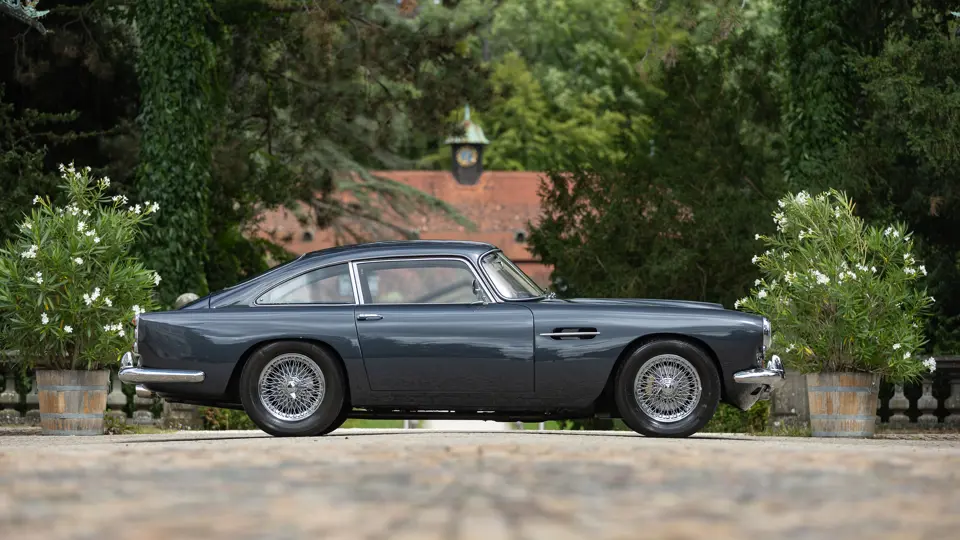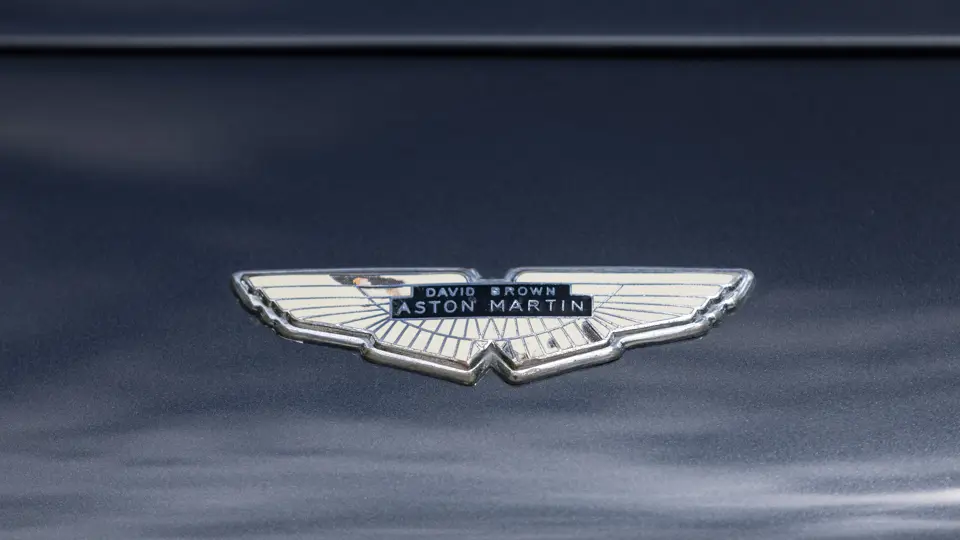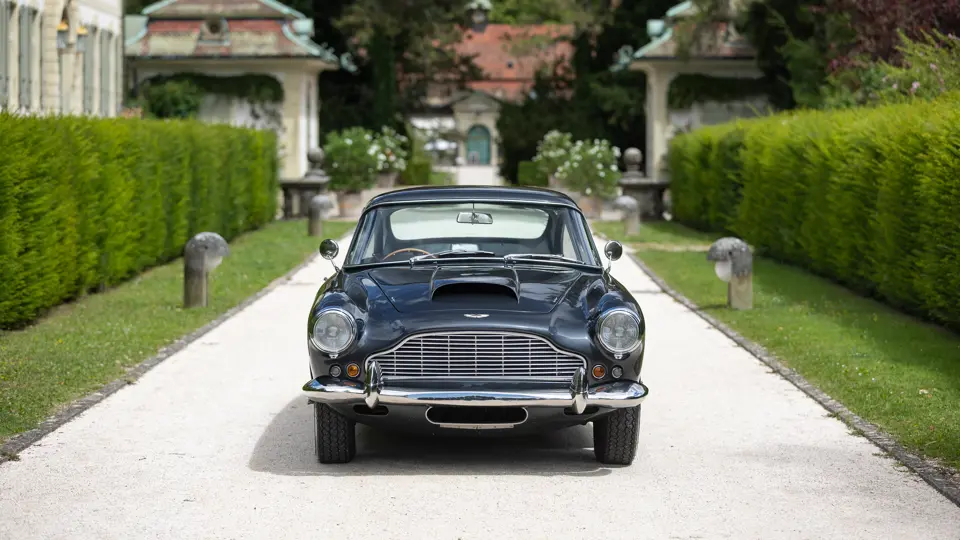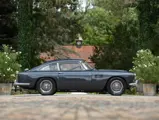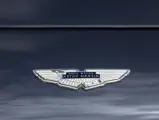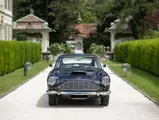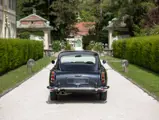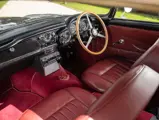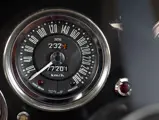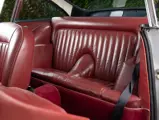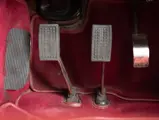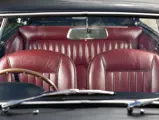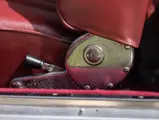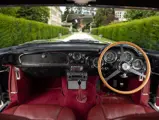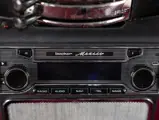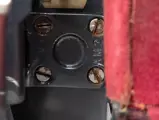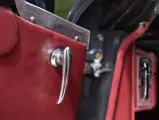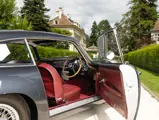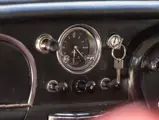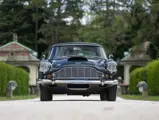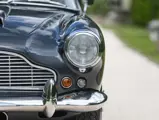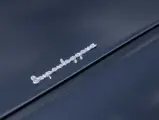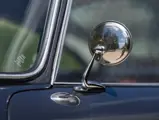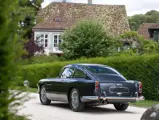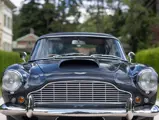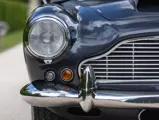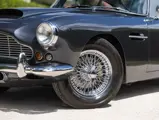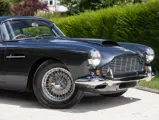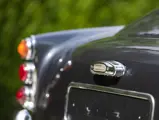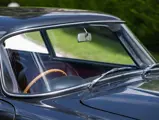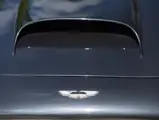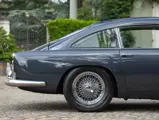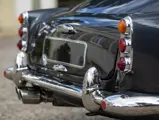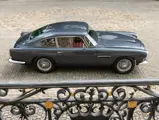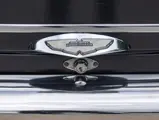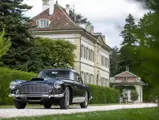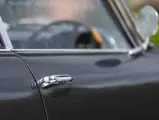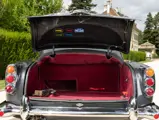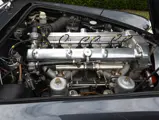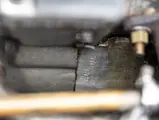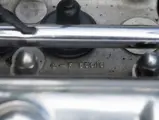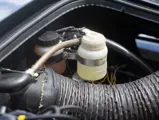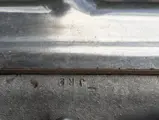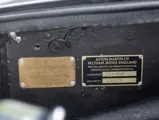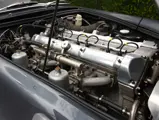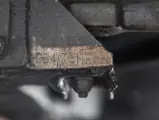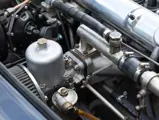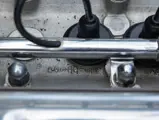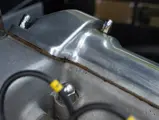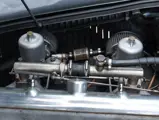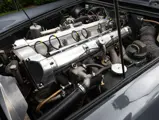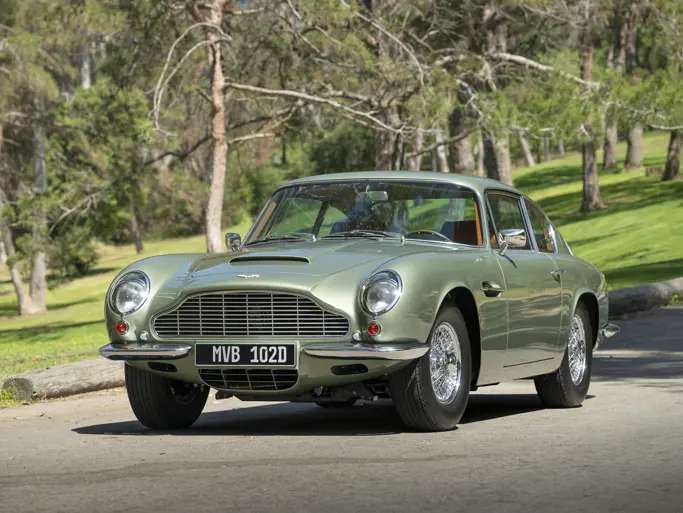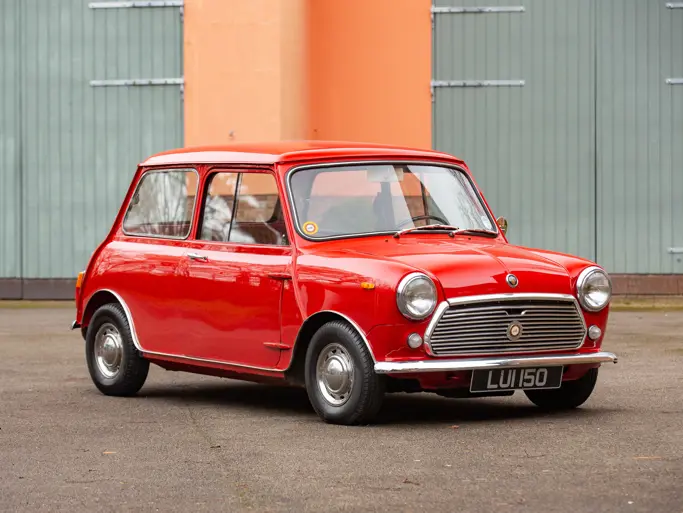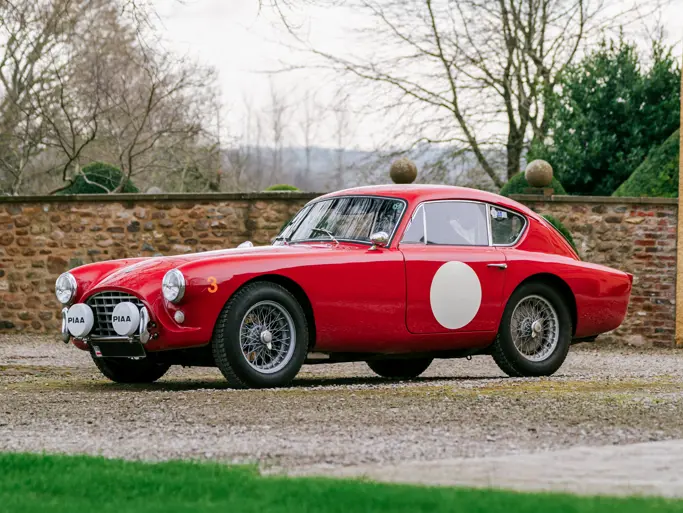
1961 Aston Martin DB4 Series III
{{lr.item.text}}
CHF241,250 | Sold
{{bidding.lot.reserveStatusFormatted}}
- A rare one-year-only Series III example of the Aston Martin DB4
- Finished in the uncommon and deeply appealing factory colour scheme of Black Pearl over a Red leather interior
- Delivered new to a member of the British diplomatic mission to Mexico in 1961
- Accompanied by a British Motor Industry Heritage Trust certificate
The Aston Martin DB4 burst onto the scene in 1958, becoming the talk of the Earls Court Motor Show for its svelte Italian coachwork and impressive performance figures. It owed its striking design to Federico Formenti of Carrozzeria Touring, the Milanese design house creating a lightweight tubular-framed body using its famous Superleggera construction. Beneath the coachwork lay a 3,670-cc straight-six engine designed by Tadek Marek—a double overhead-cam unit fed by double SU carburettors and capable of producing 240 horsepower. Suspension was independent via coil springs and wishbones at the front, with a coil-sprung live rear axle at the rear located by a Watt’s linkage.
While it undoubtedly caused a sensation at its unveiling—and for a time became the world’s fastest four-seat car—the flagship model was not without its problems, among other issues, gaining a reputation for overheating. As a result, the DB4 was gradually improved throughout its life, moving through five distinct series from the moment it was introduced in 1958 until being replaced by the DB5 in 1963.
Chassis DB4/761/R is one of the rarest variants of DB4, being a Series III car. Only produced for one year—1961—these special DB4s are easily identifiable for their rear lights, which replaced the single “cathedral” unit of the previous generation with individual indicators, brakes lights, and reflector lenses. Look closer, and you’ll find twin bonnet stays in addition to an electric tachometer.
This remarkable Aston Martin DB4 was completed on 8 September 1961, and was despatched from the firm’s Newport Pagnell works in Buckinghamshire just over a week later on 18 September. The car was destined for a new life in Mexico, but had been specified in right-hand drive by its new owner, O.H. Robinson, who worked in the British Embassy in Mexico City. Clearly a customer of some substance, he was permitted to order the car directly from the factory. He was also a man of considerable taste, specifying his new Aston Martin in the deeply appealing yet rarely chosen colour of Black Pearl over a contrasting Red leather interior. It was further optioned with a Continental spares kit, Firestone tyres, two wing mirrors, twin SU HD8 carburettors, and with a European-specification rear axle with a ratio of 3.54:1.
Much of the car’s no doubt fascinating early history is yet to be discovered, though it is understood to have reappeared in the United Kingdom in the 1980s prior to being purchased by a Dutch Aston Martin enthusiast in 1992 and subsequently road registered in The Netherlands. The car stayed with the same owner for almost 20 years, during which it was subject to £31,422-worth of fettling by marque specialist Nicholas Mee. Invoices and correspondence on file detail extensive works that took place between 2006 and 2007, including the rebuild and upgrade of the suspension components with a view to readying the car for use in non-competitive historic rallies. The paperwork also notes the replacement of the rear axle and engine mounts, overhaul of the propshaft, and upgrade of the brake discs to the superior GT-type. A new set of chrome wire wheels was also fitted, and the seats were re-trimmed. At some point the car is believed to have been fitted with a replacement engine, which was re-stamped with the original engine number, 370/679.
In 2011, ownership passed to another Dutch enthusiast in whose care it would remain for almost a decade. Between 2011 and 2019 some €17,000 was spent on maintenance with specialists ranging from Automobielbedriff Van Disseldorp to Aston Service Dorset, and in July 2020 the car was sold to Switzerland, where it remains registered.
Beautifully presented in its rare factory colour scheme of Black Pearl over Red, this well sorted Aston Martin DB4 wears an older restoration well and benefits from two extended periods of enthusiast ownership dating back to 1992. Always the connoisseur’s choice, the DB4 offers the style and panache of its more famous successor with an air of discretion that positively exudes class; the stunning specification of this particular example only adds to that considerable appeal.
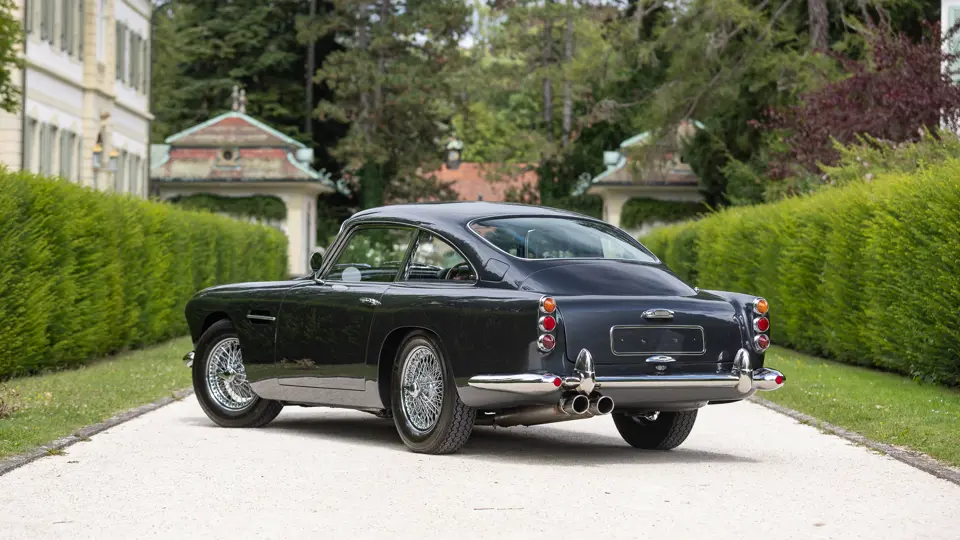
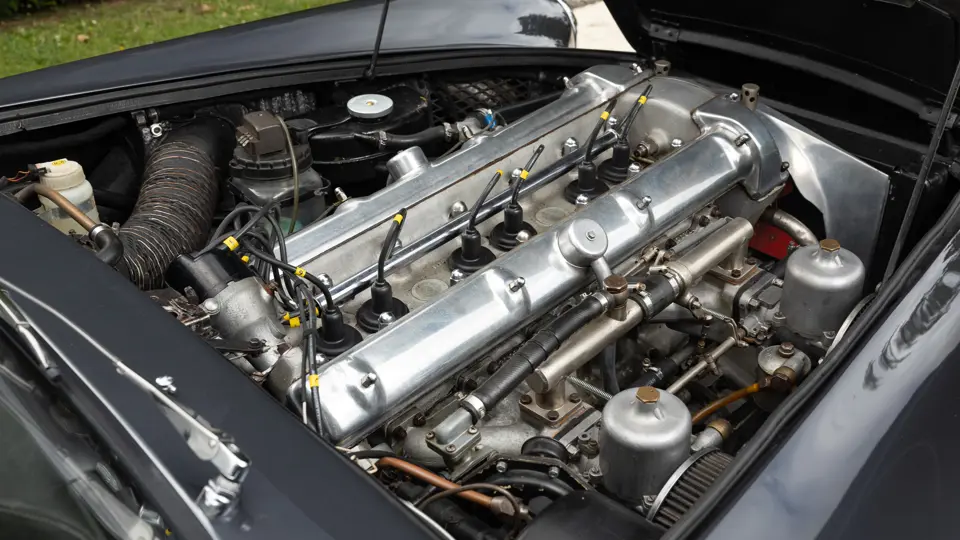


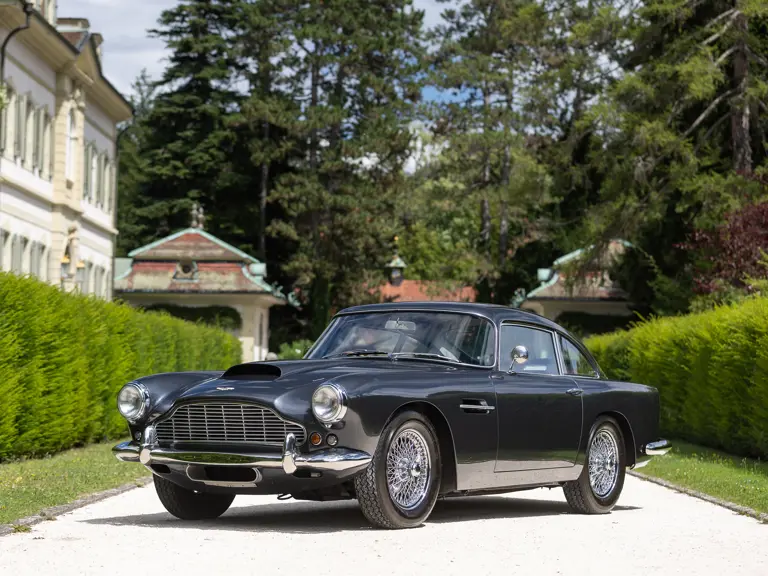
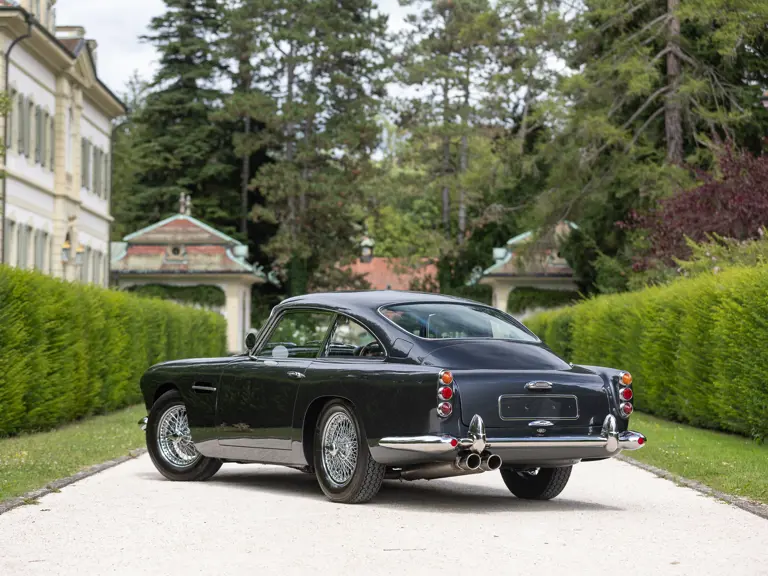
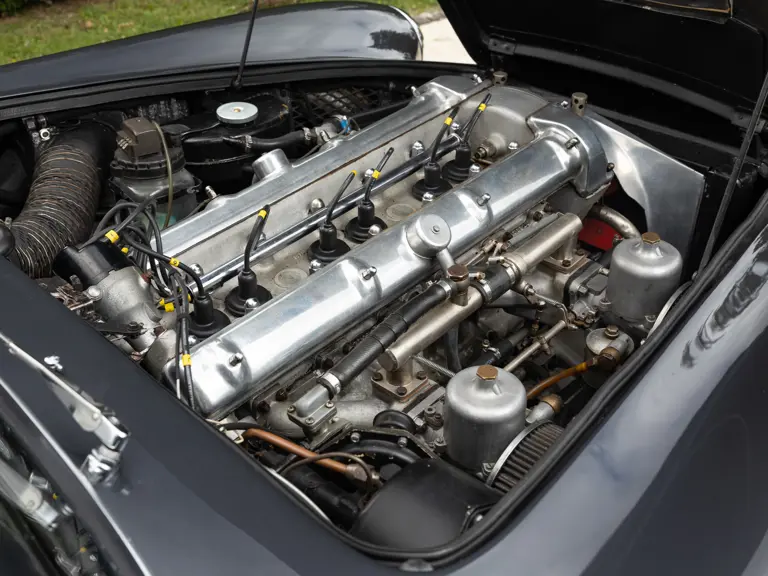
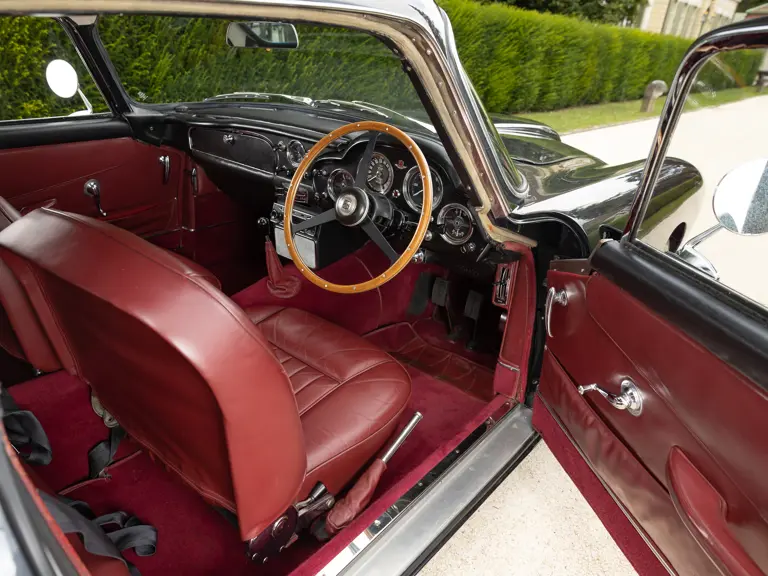
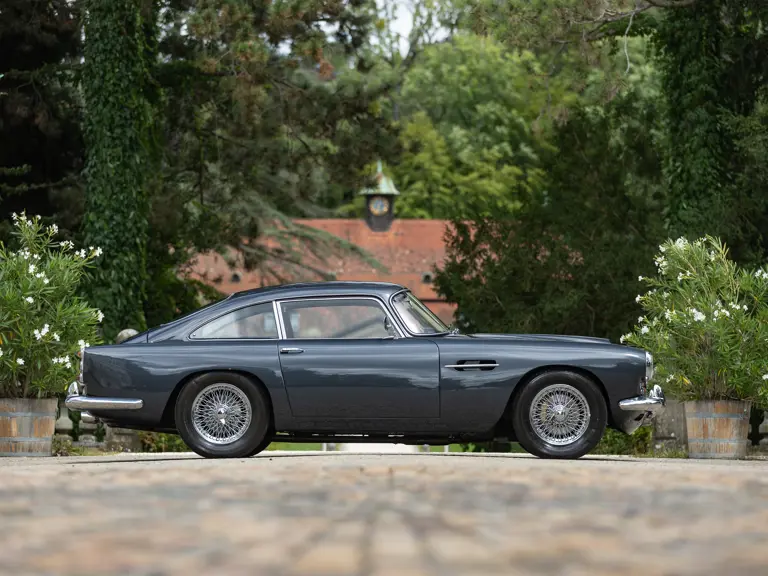
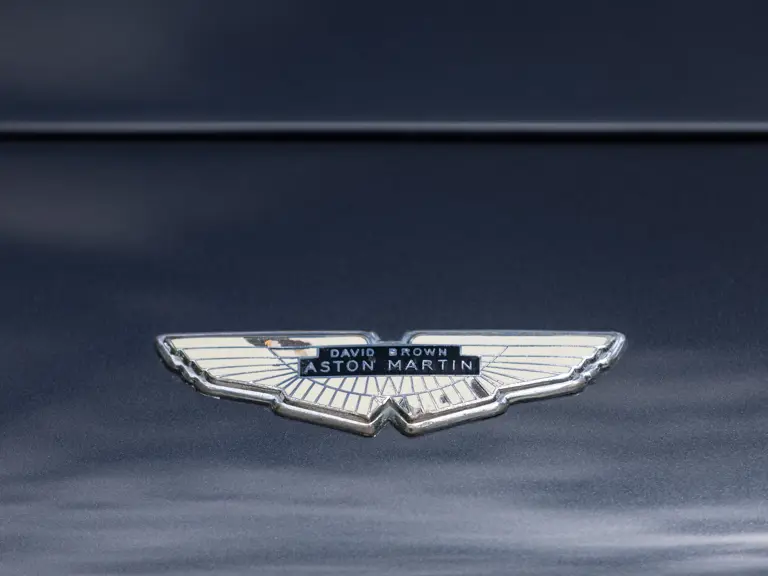

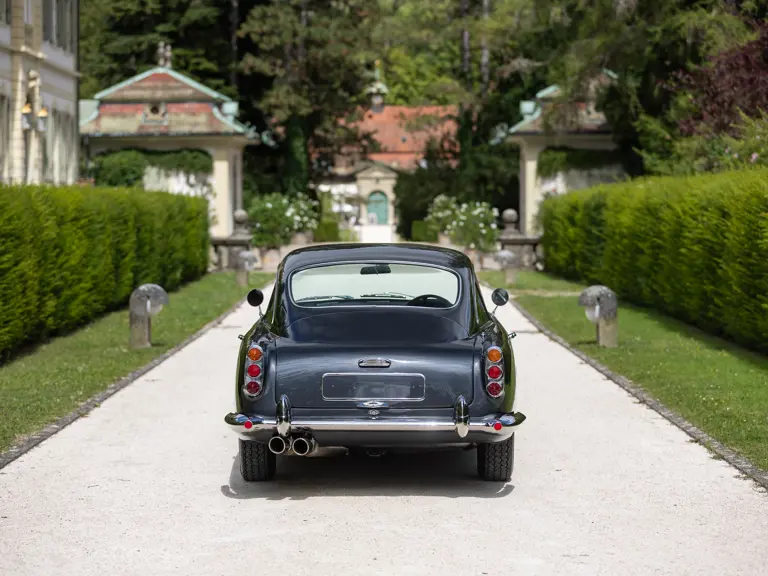
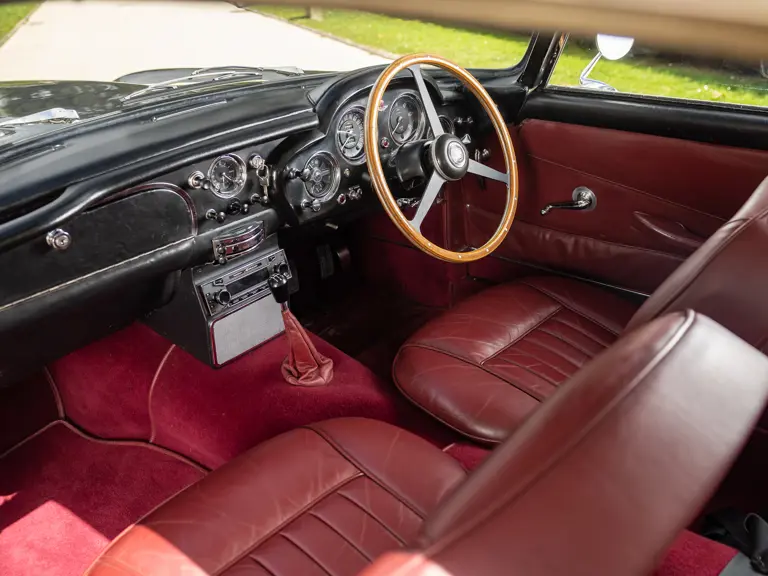
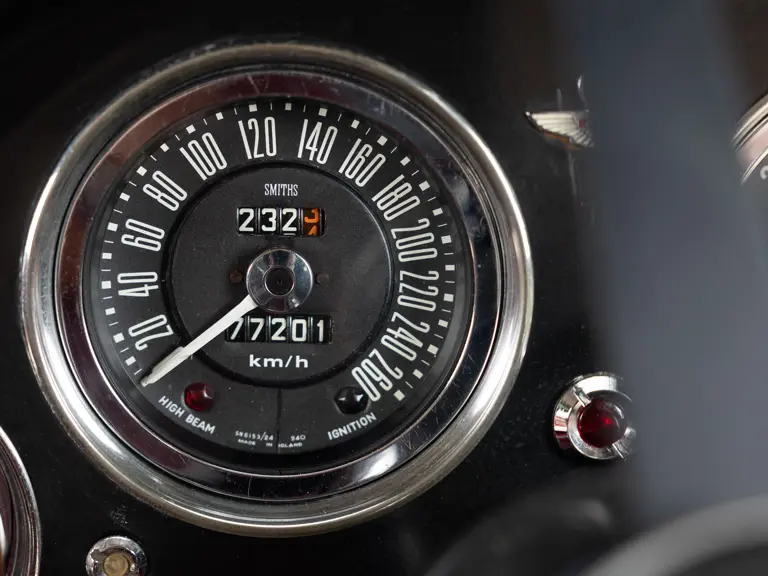
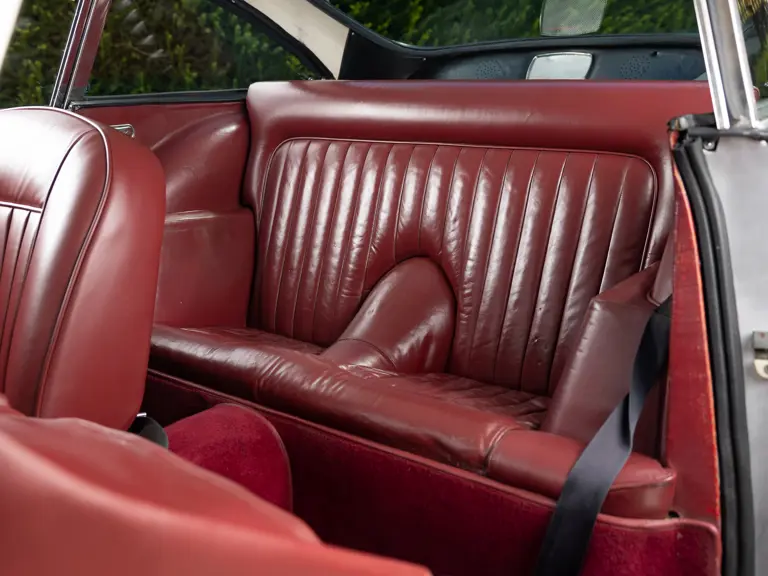
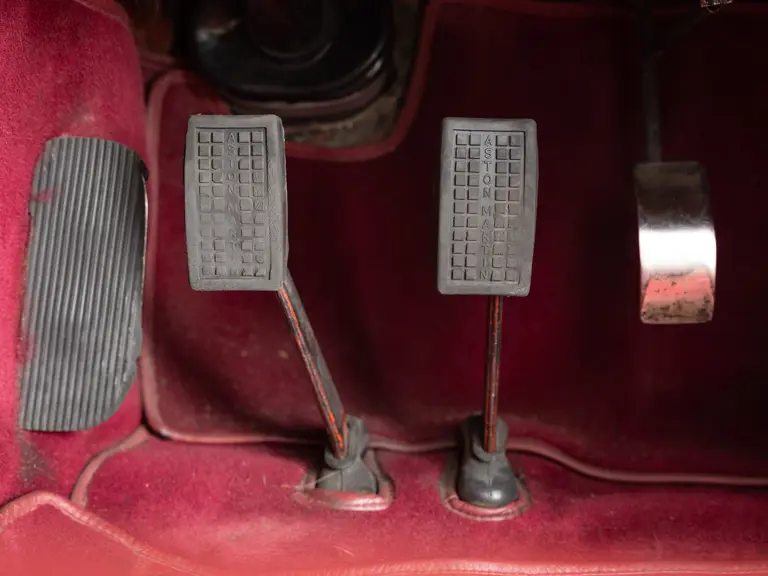
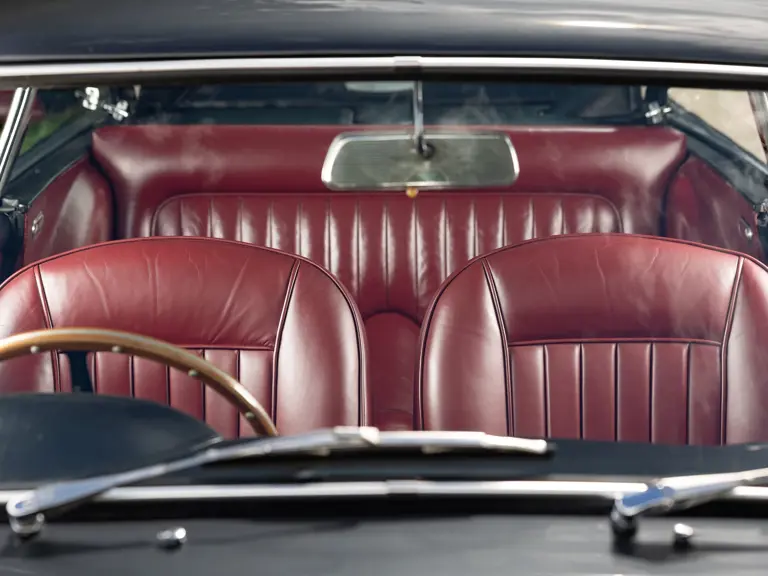
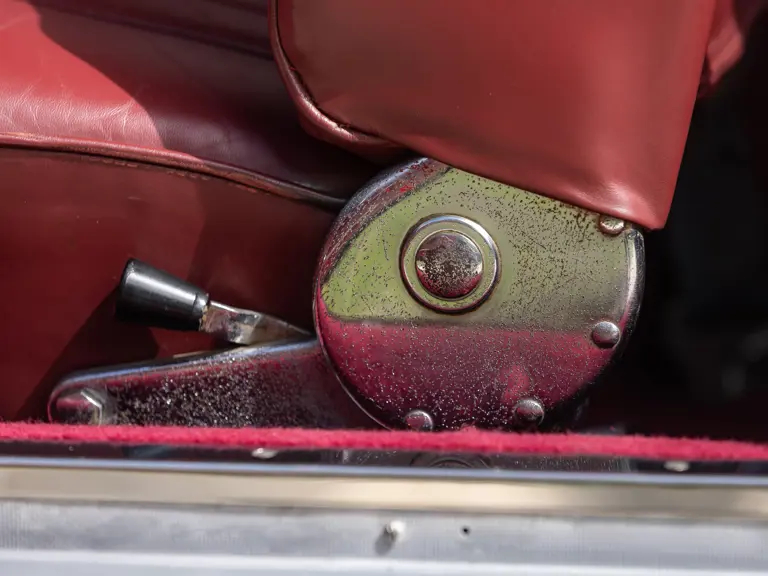
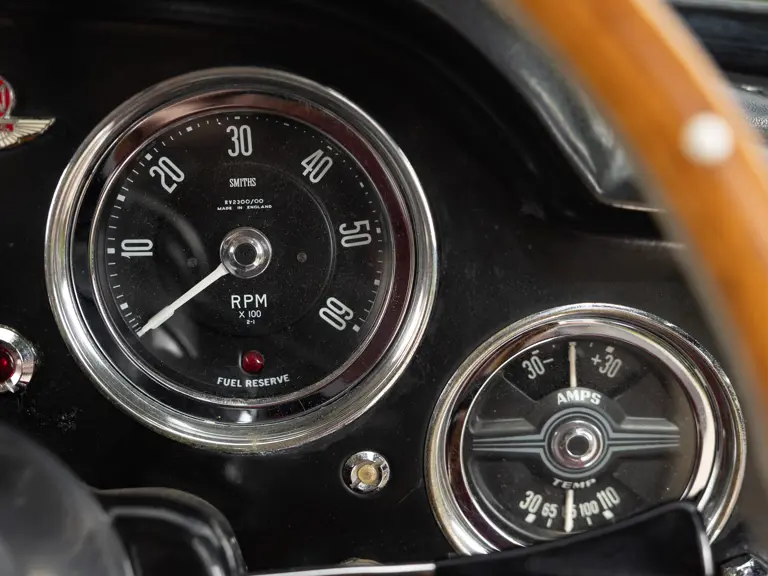
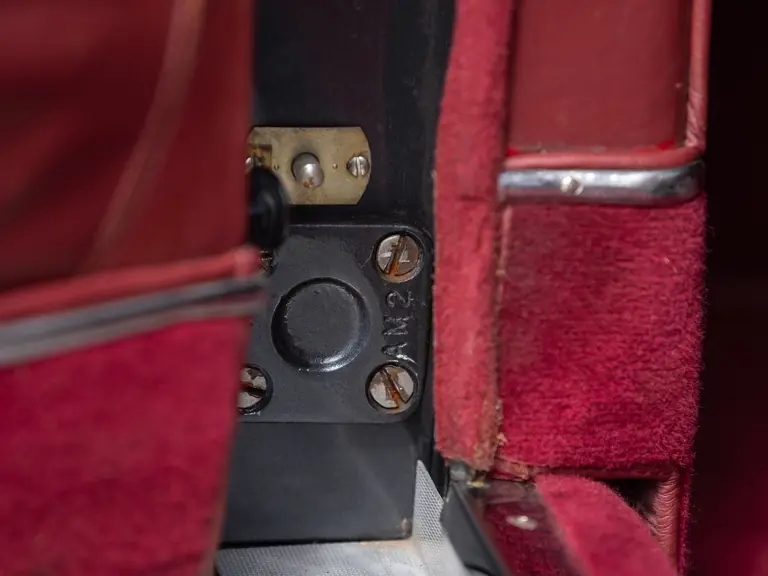
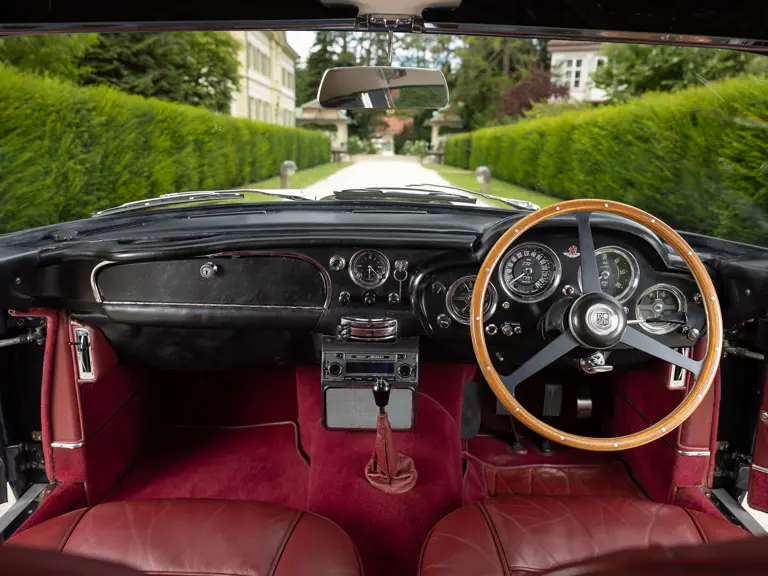
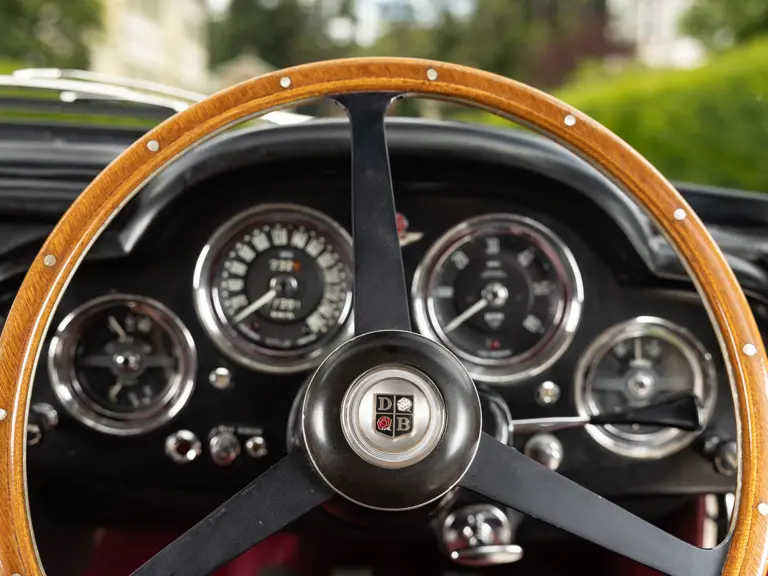
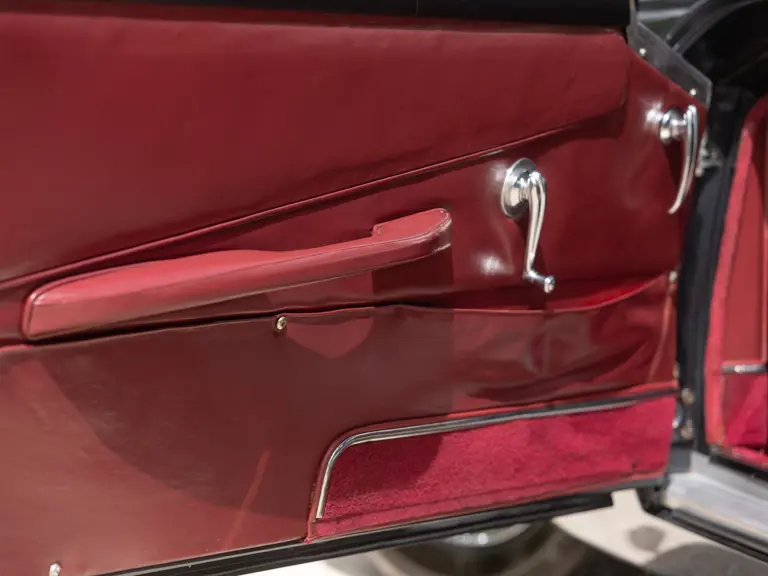
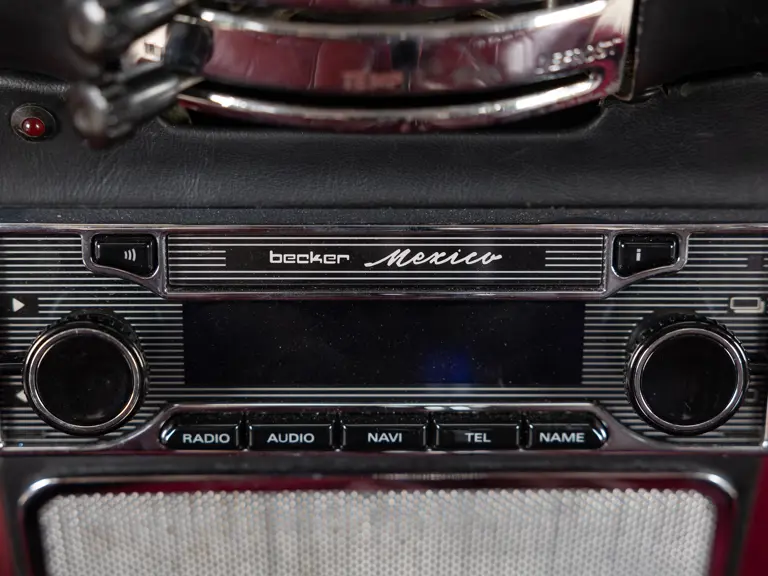


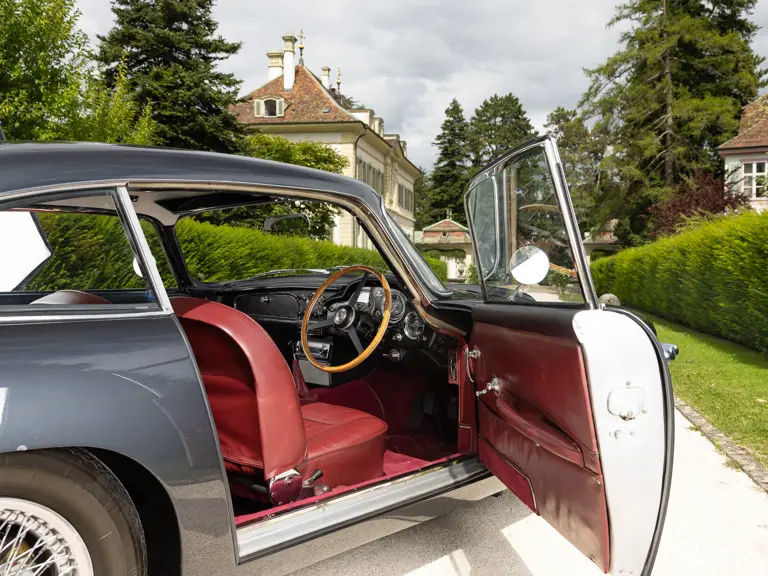
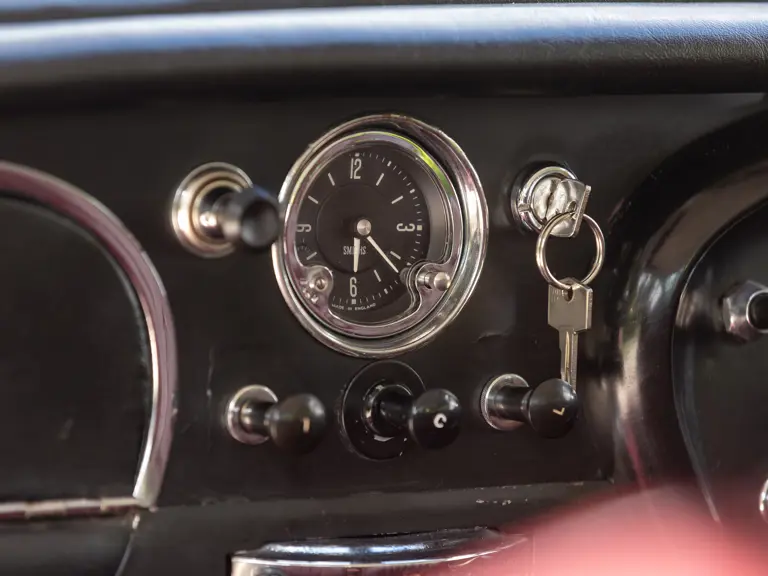
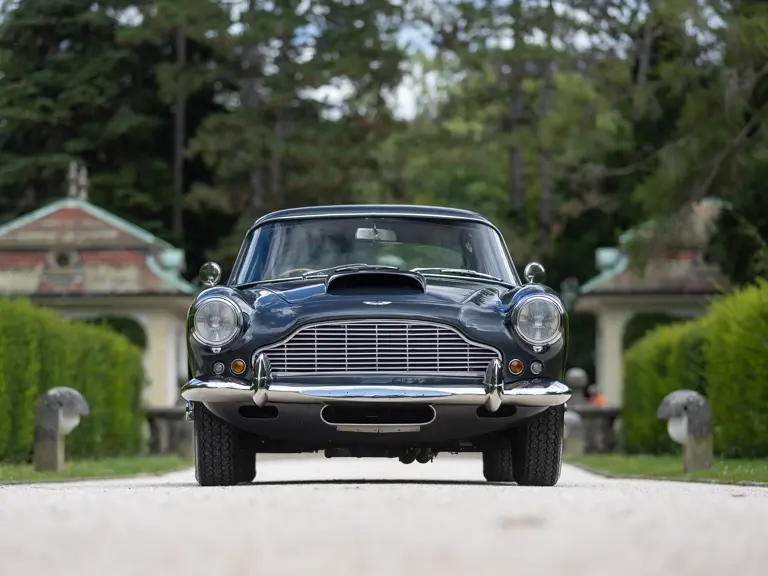
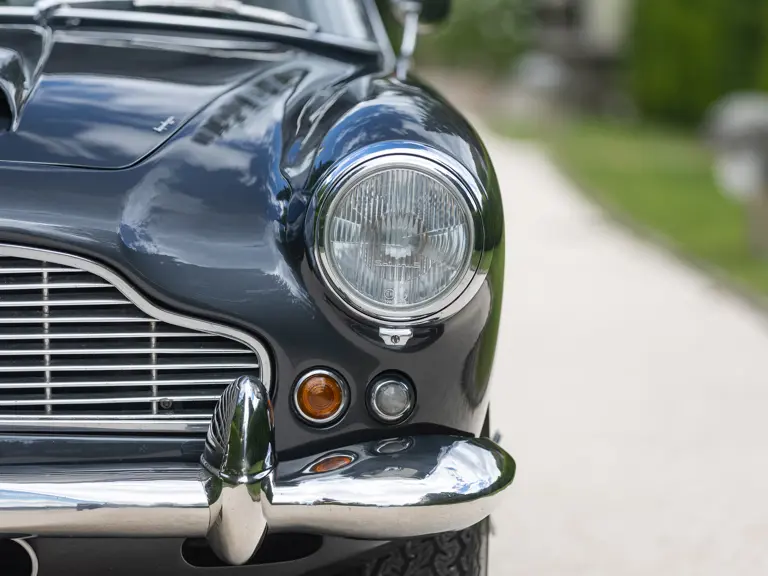
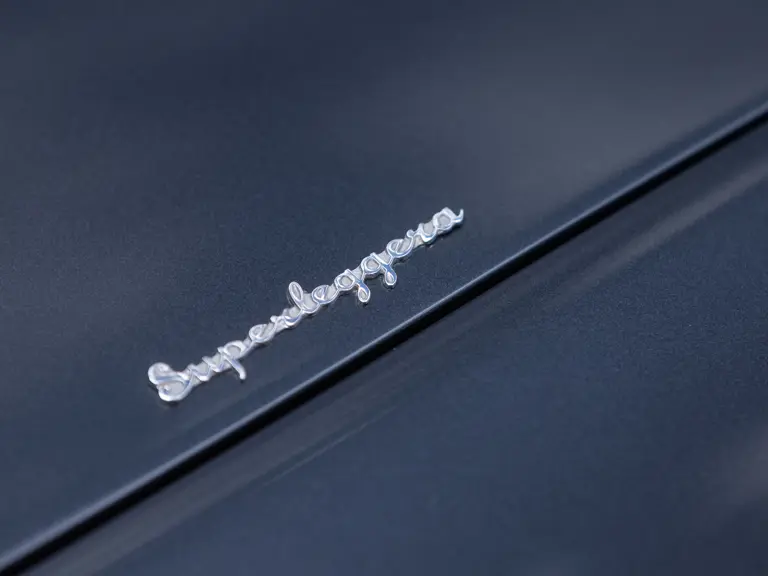
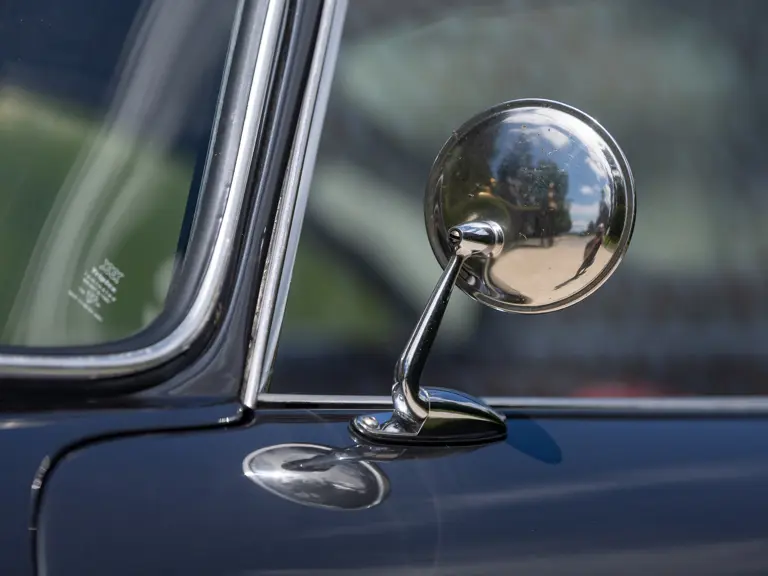
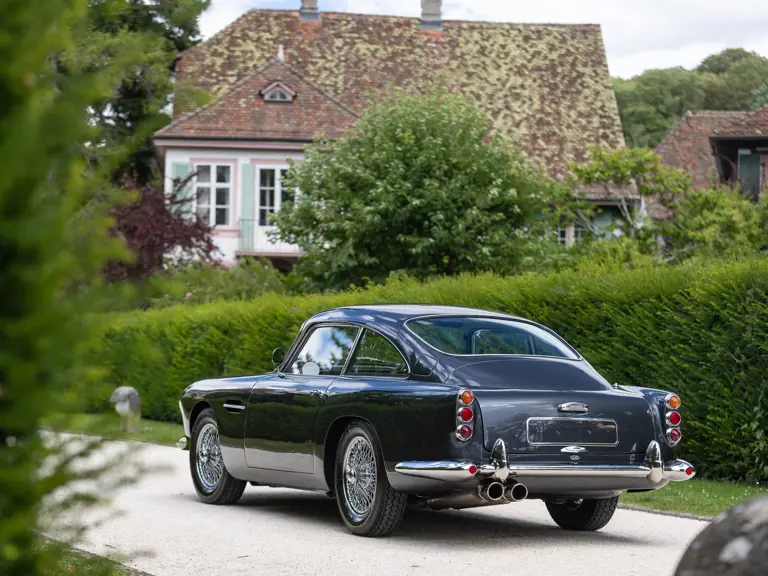
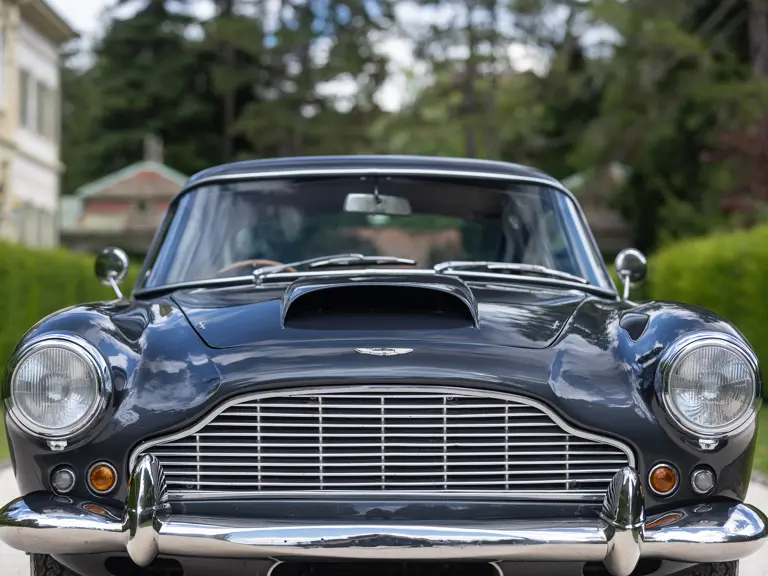
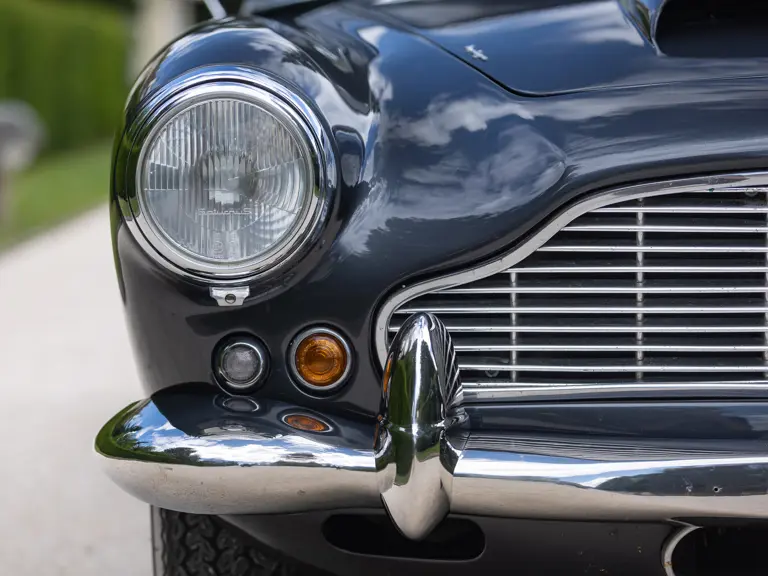
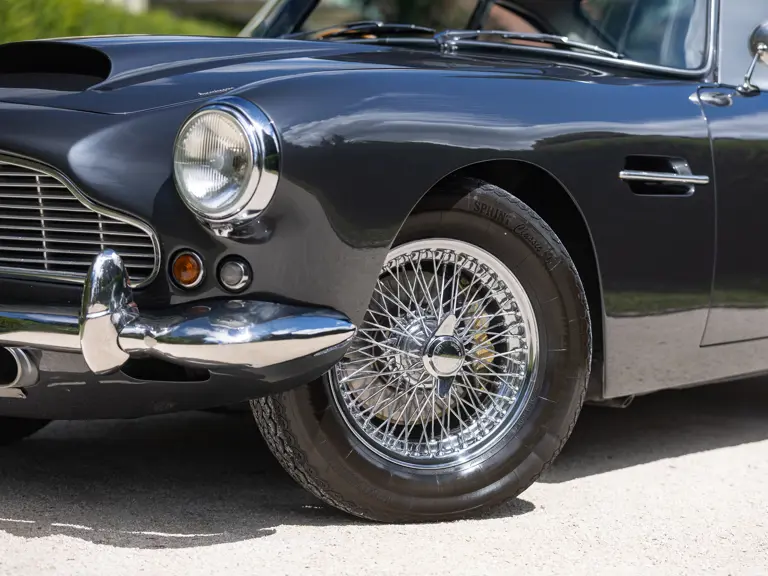

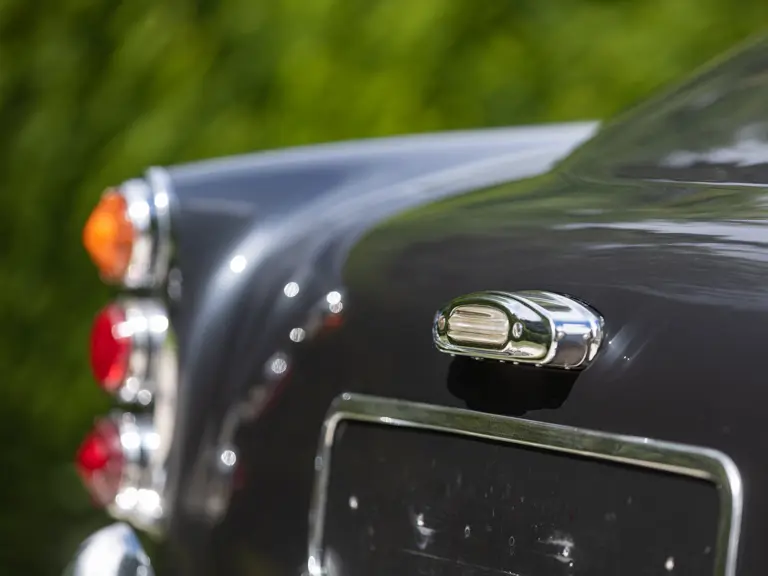
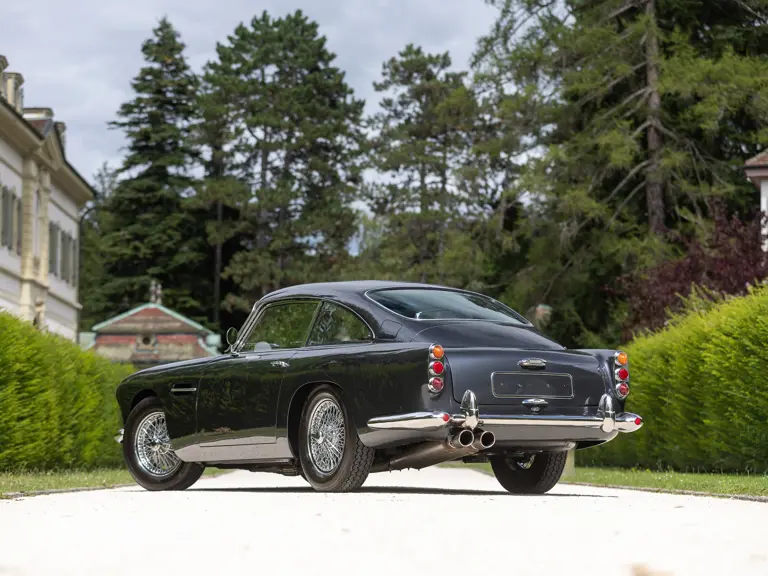
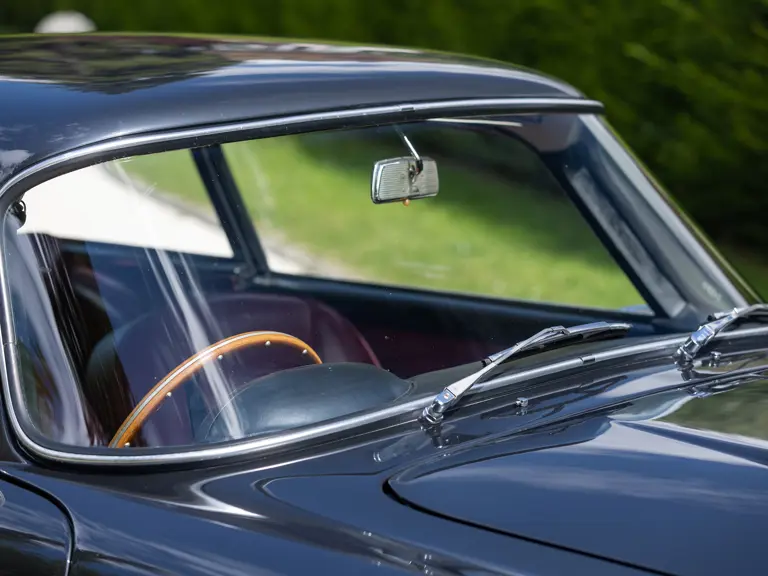
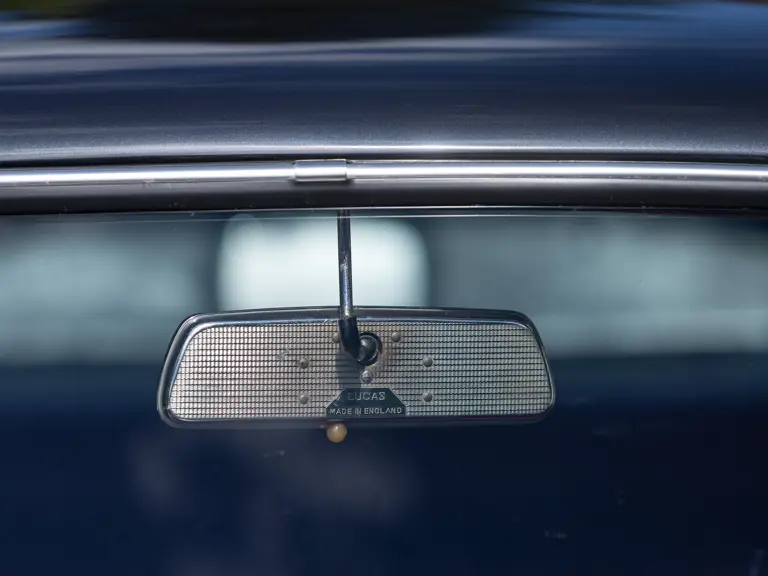
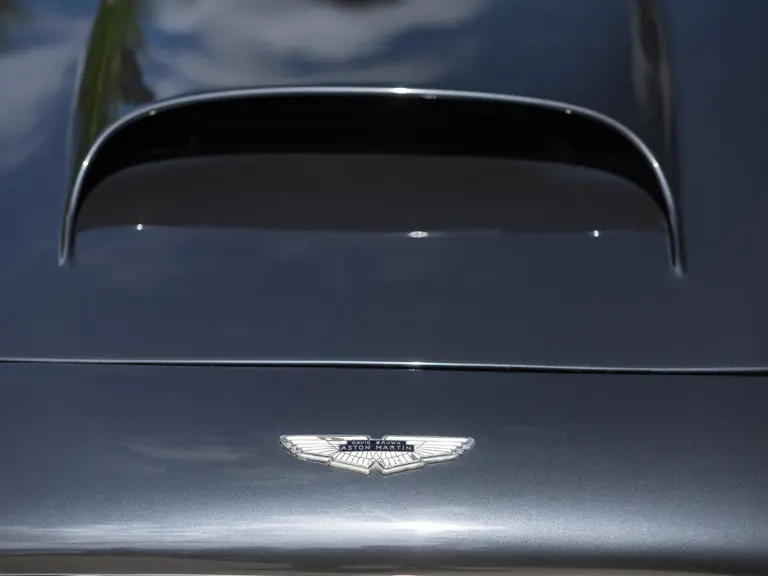
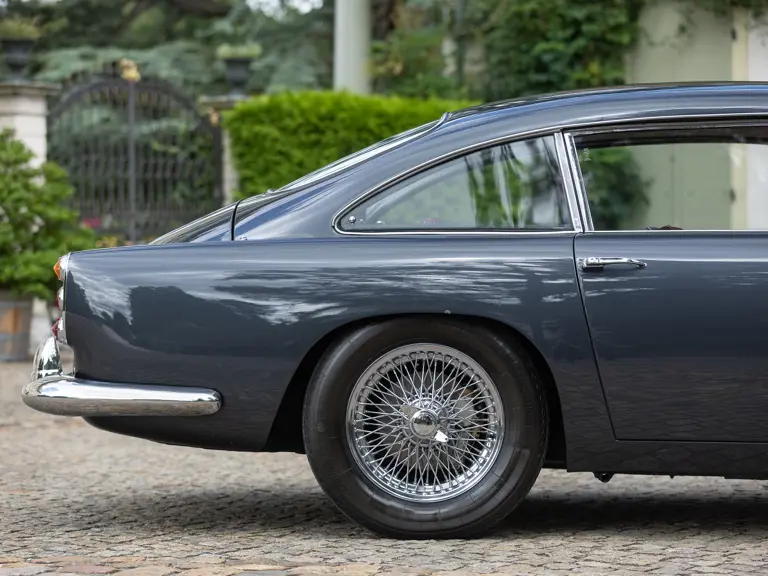
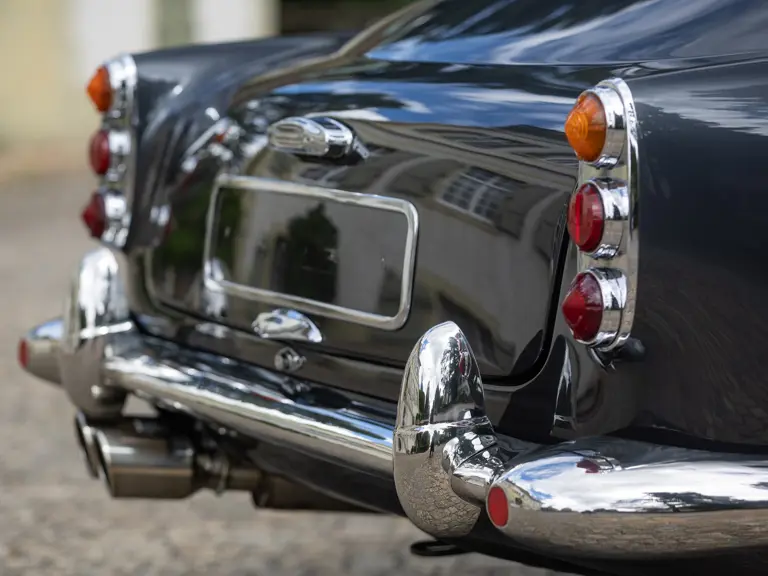
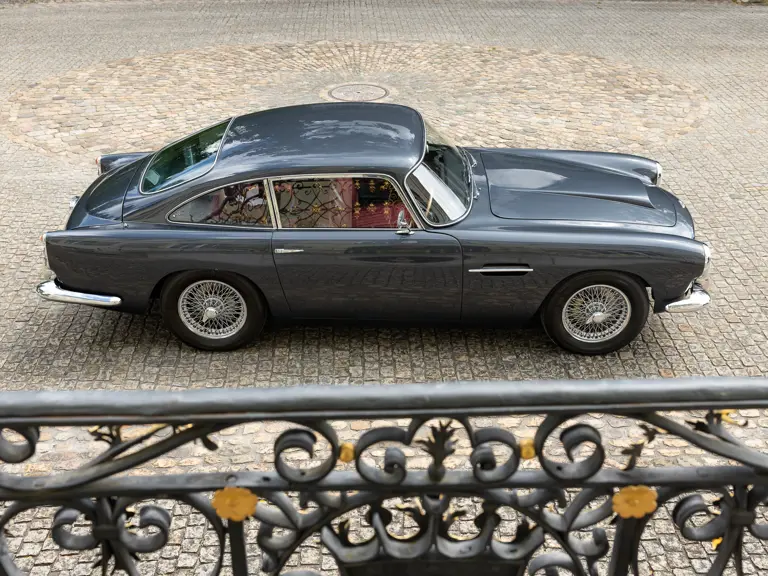
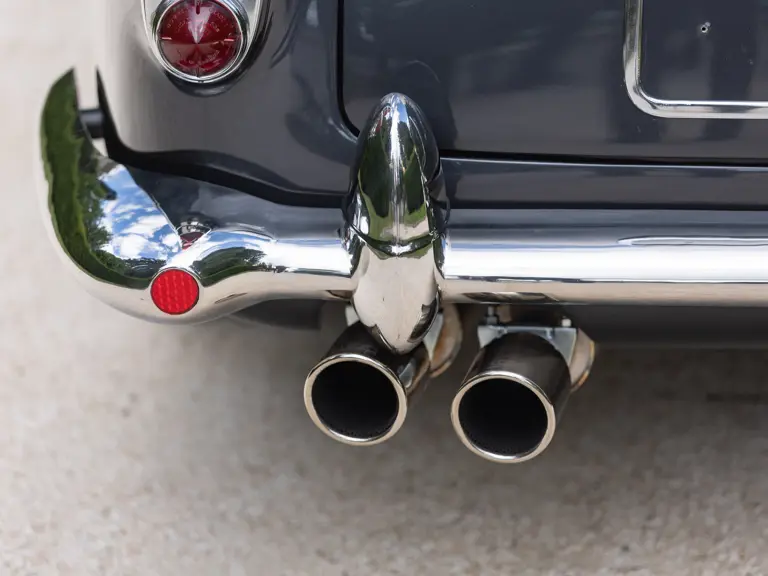
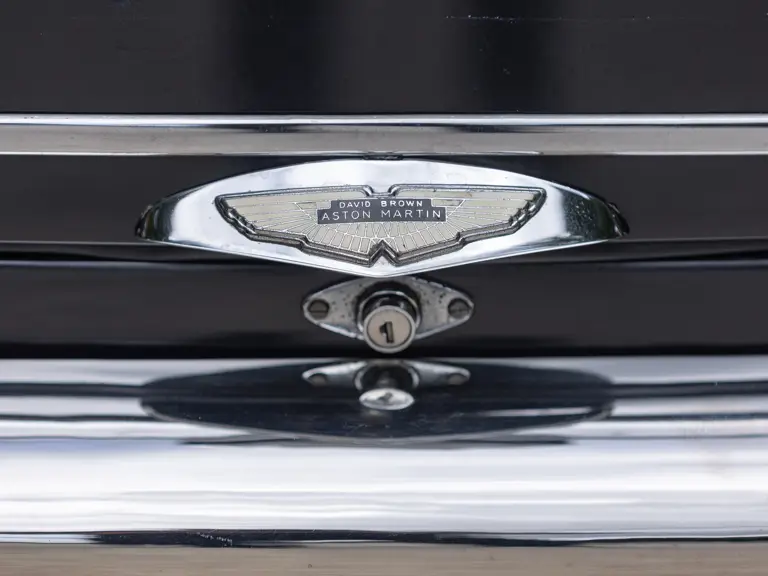
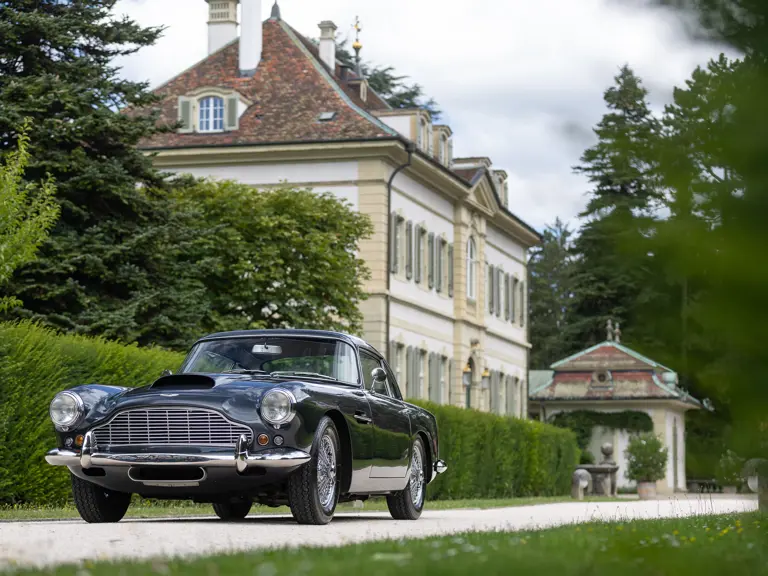
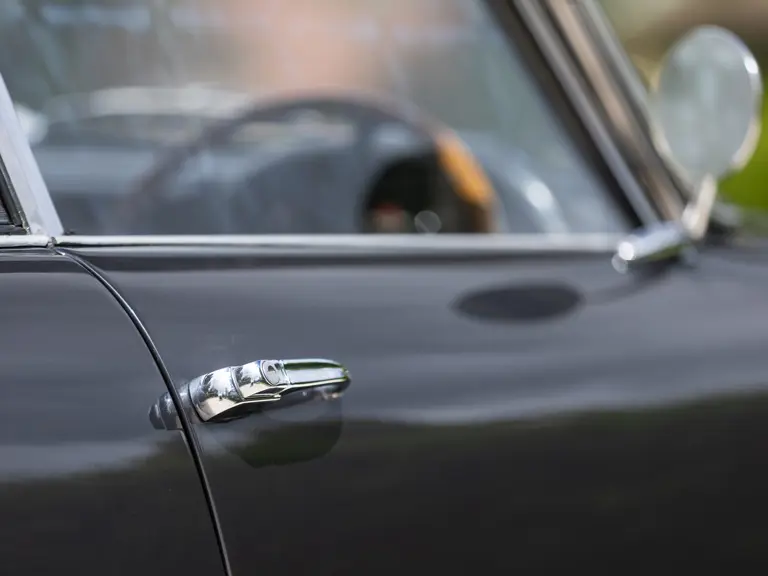
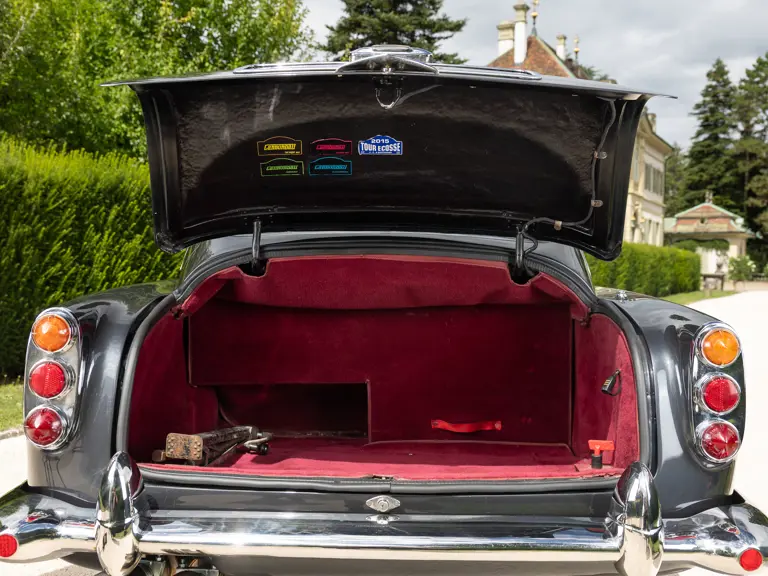
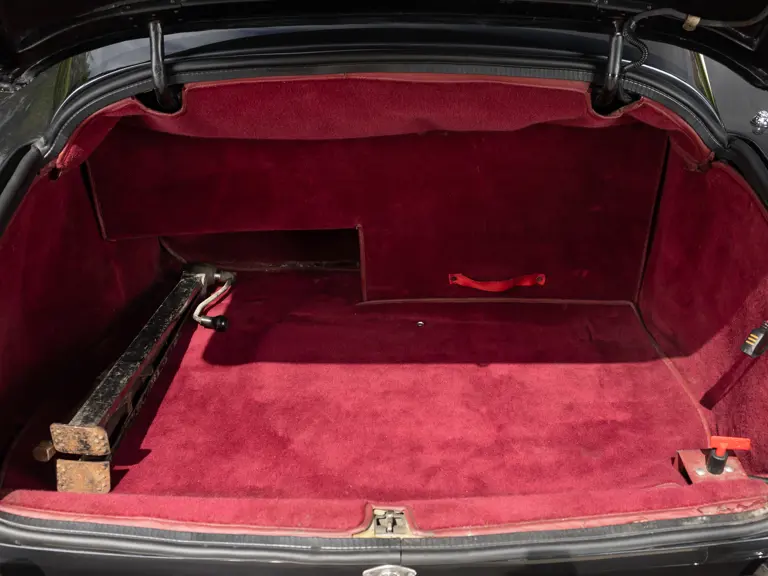
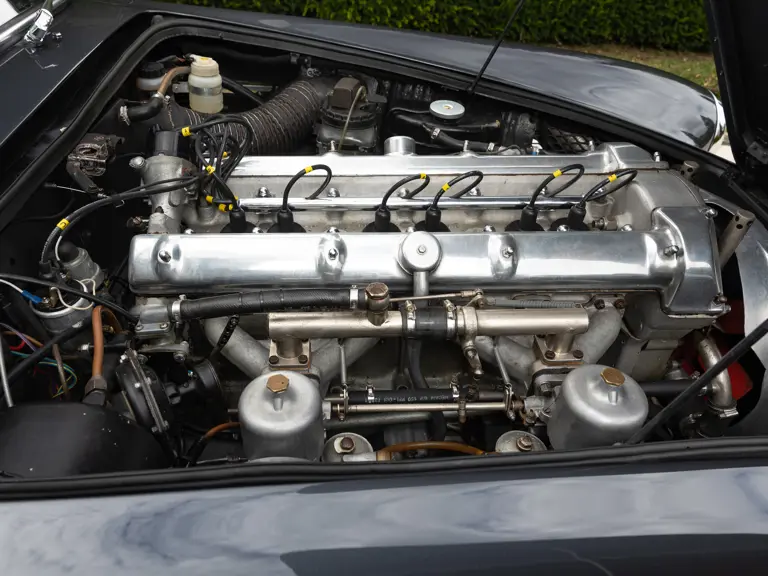

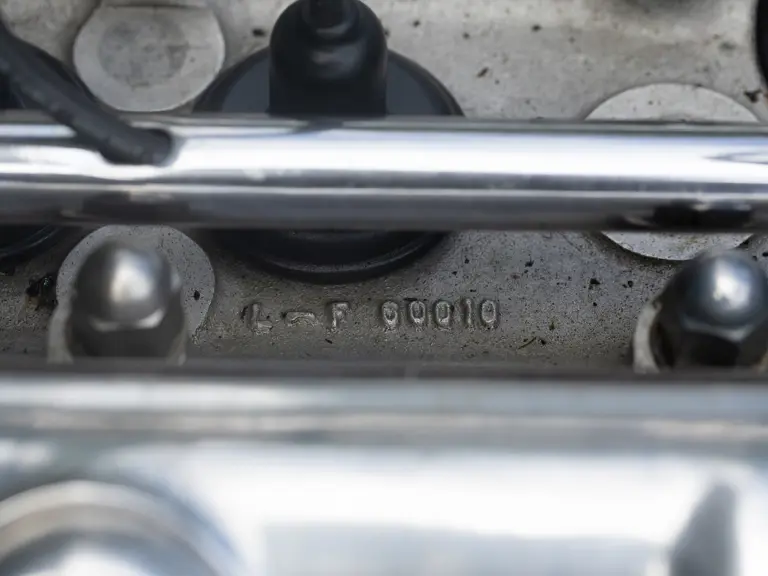

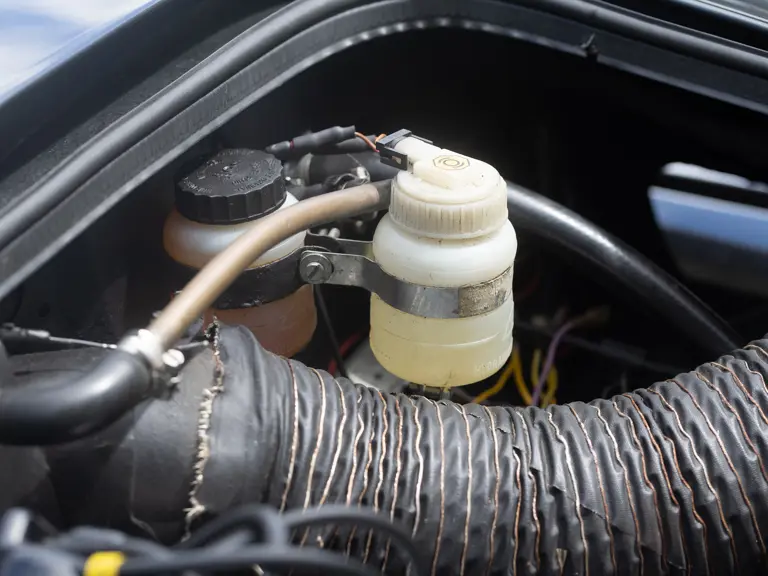
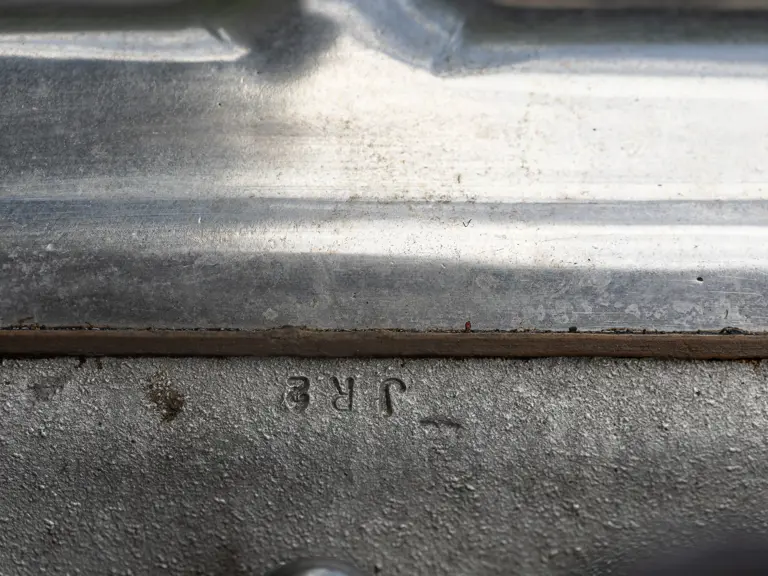
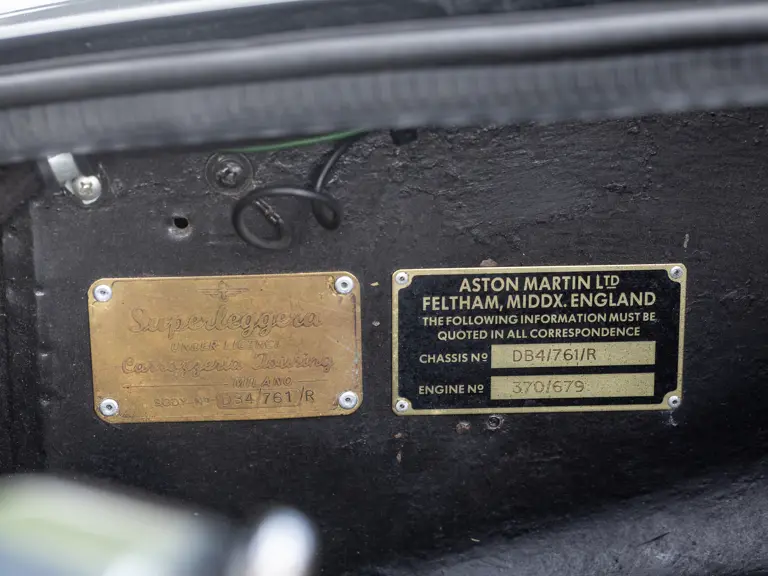
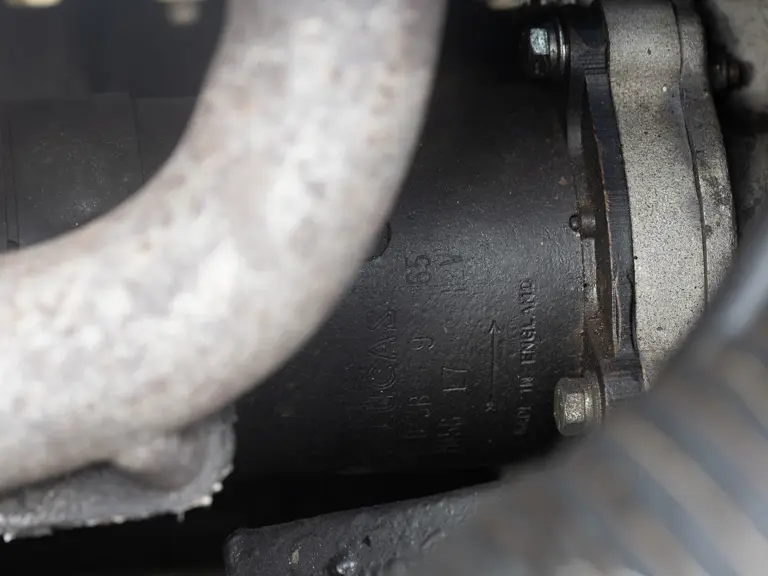
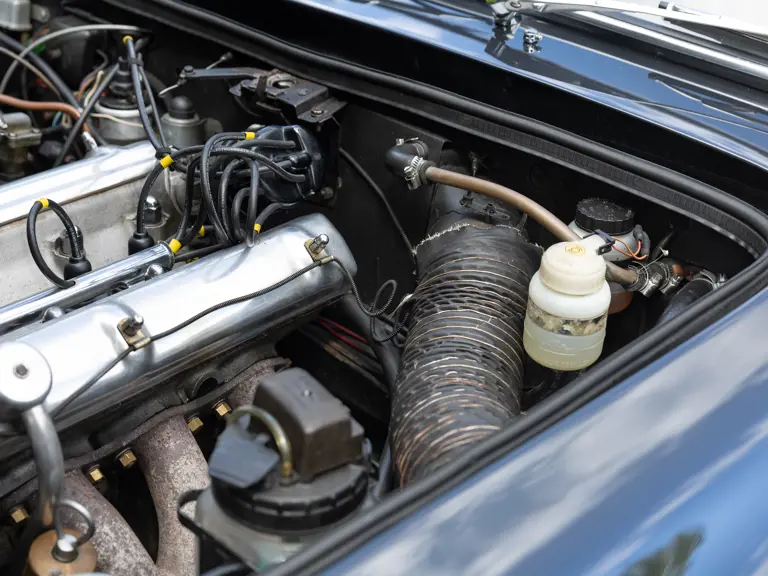
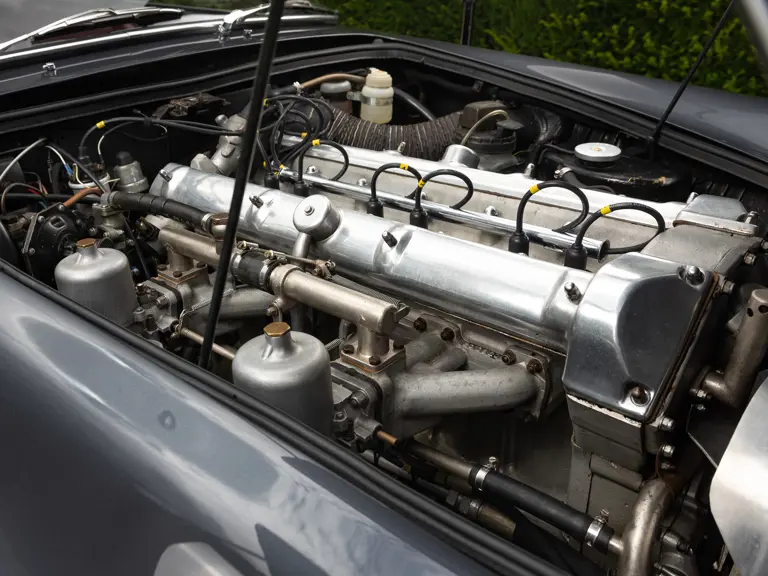
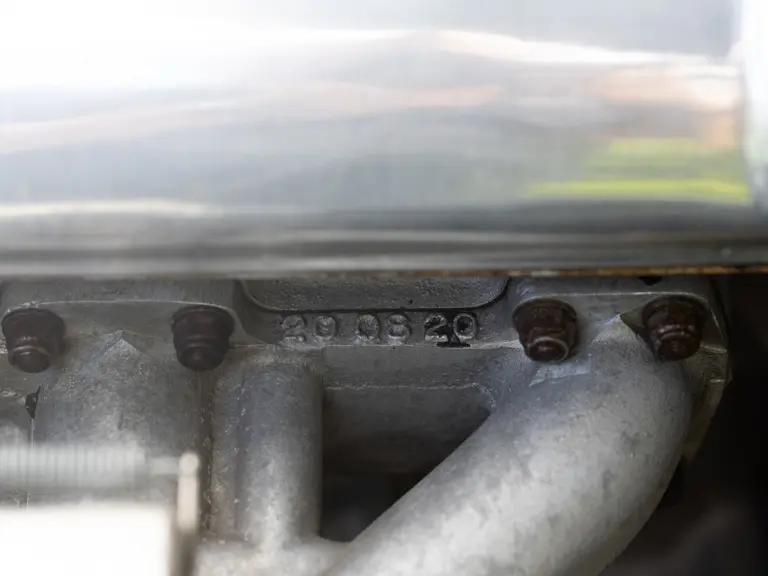

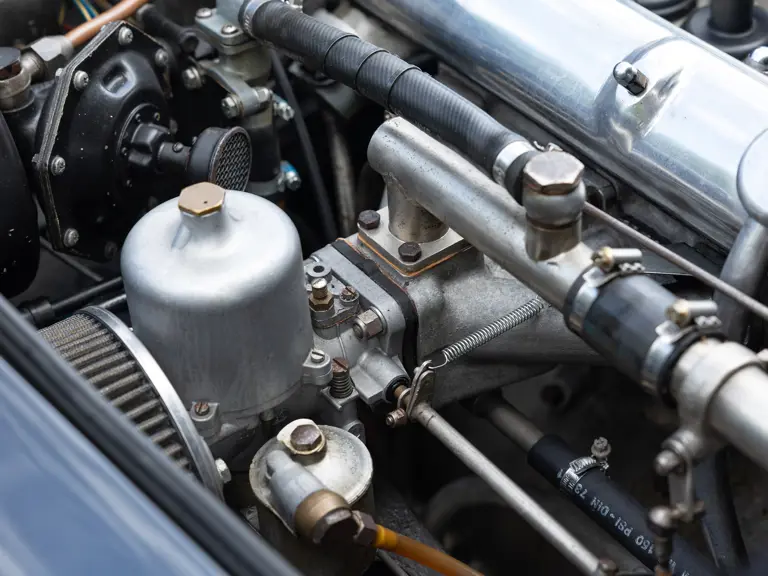
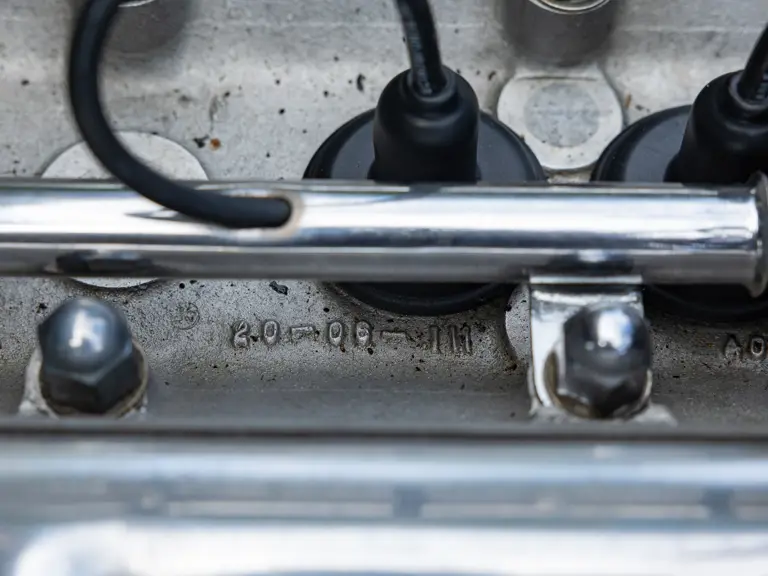
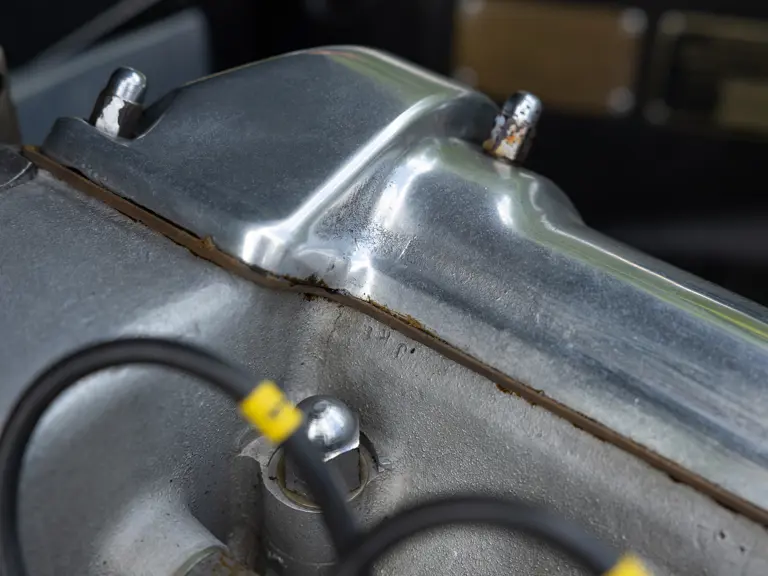
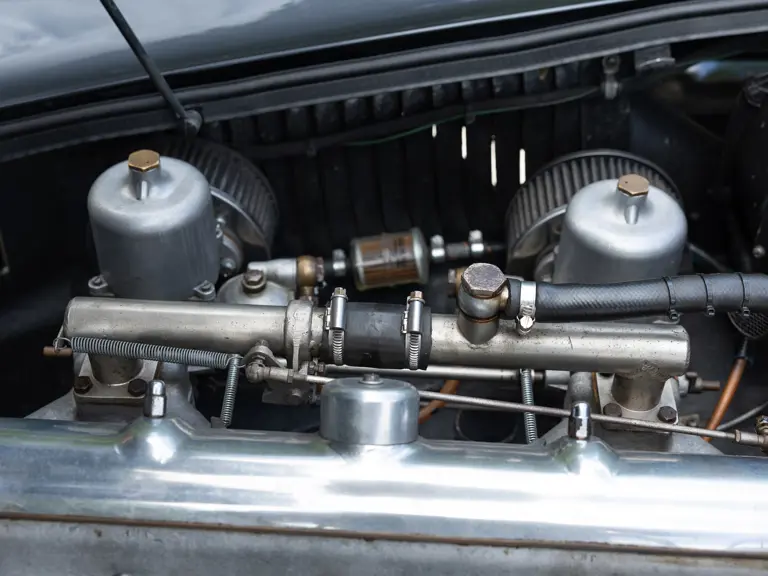
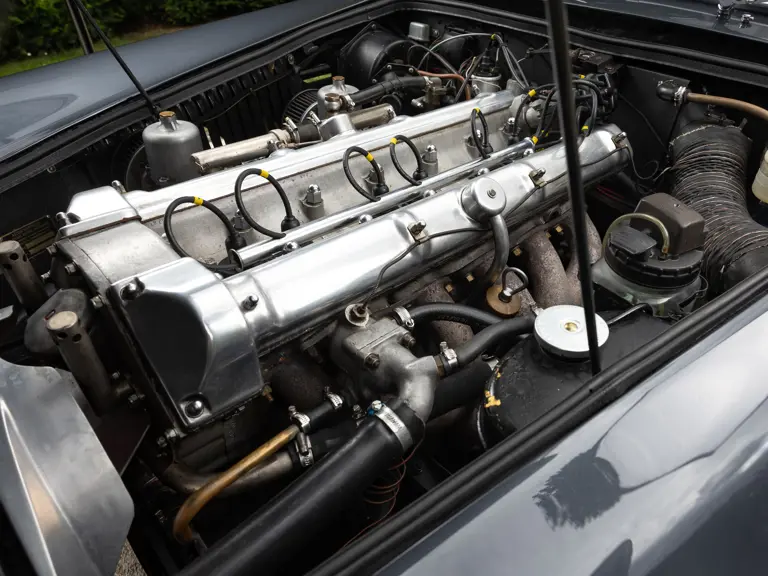
 | St. Moritz, Switzerland
| St. Moritz, Switzerland
